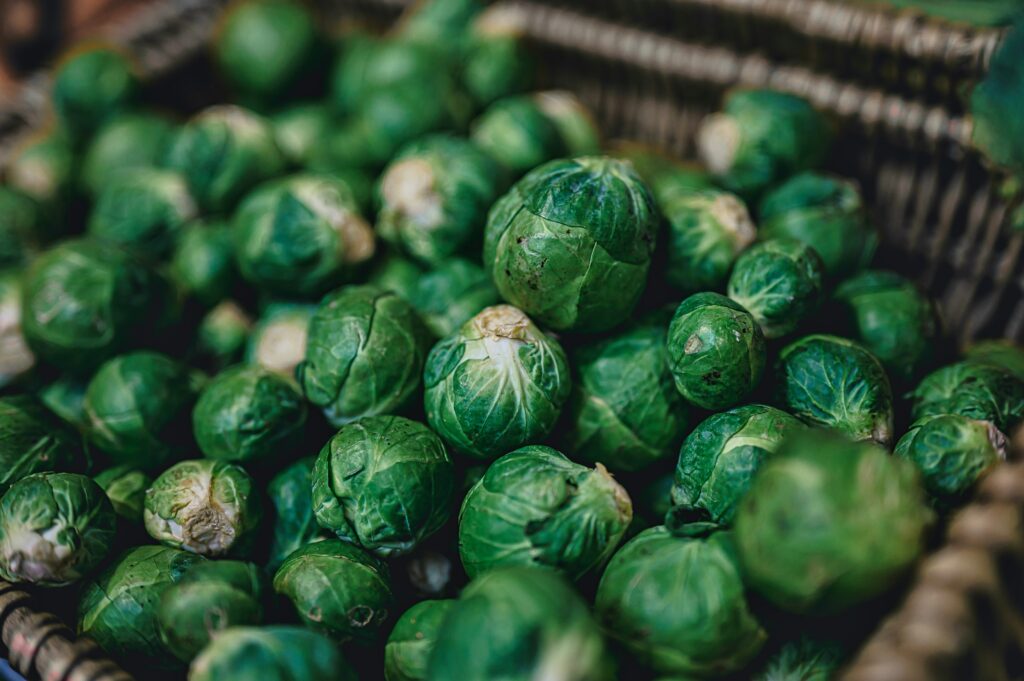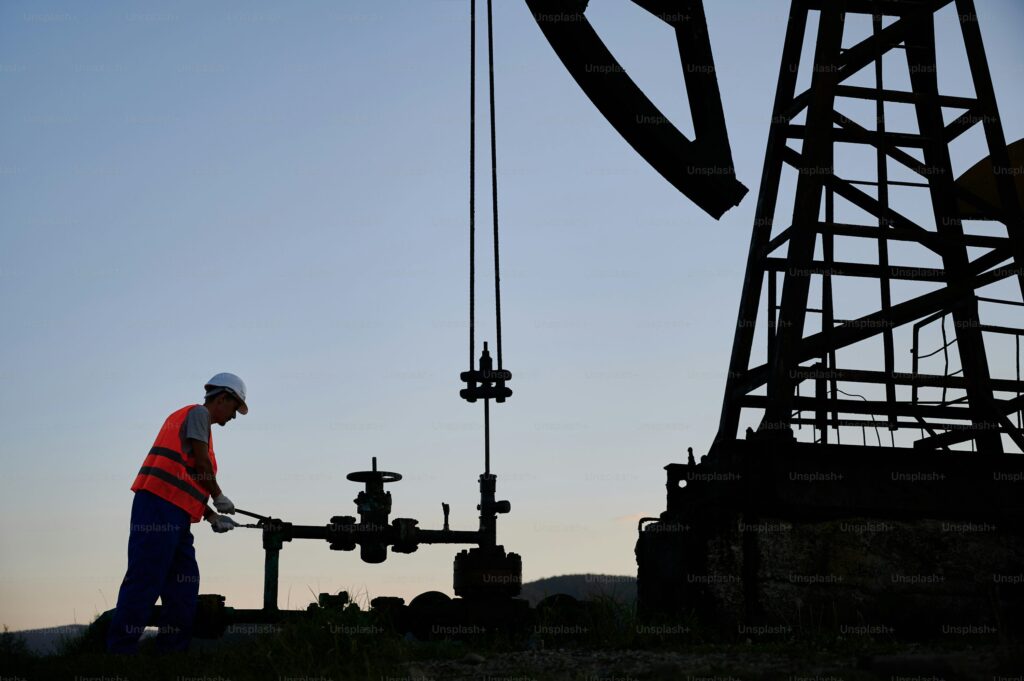From CO2Science: Soybean (Glycine max) is a key agricultural crop, the fourth most important globally in terms of seed production, and is a significant source of protein for human and livestock consumption. Consequently, it is important to understand how its growth and yield might be modified in response to future environmental change. Focusing on two genotypes with contrasting water use efficiencies (WUE, i.e., the amount of biomass produced per unit of water used), Soba et al. (2020) examined the effects of rising atmospheric CO2 on various growth and yield parameters. The two genotypes, Pi398223 and Pi567201 (a high WUE and low WUE genotype, respectively), were grown in open top chambers at the soil bin facilities of the USDA-ARS National Soil Dynamics Laboratory in Auburn, Alabama, under well-watered and fertilized conditions. Half of the plants of each cultivar were grown in ambient air (CO2 concentration of 427 ppm) and half in air enriched to 631 ppm of CO2, which enrichment was supplied during daylight hours only. So what impact did this approximately 200 ppm increase in atmospheric CO2 have on these two cultivars differing in WUE?
Paper reviewed: Soba, D., Shu, T., Runion, G.B., Prior, S.A., Fritschi, F.B., Aranjuelo, I. and Sanz-Saez, A. 2020. Effects of elevated [CO2] on photosynthesis and seed yield parameters in two soybean genotypes with contrasting water use efficiency. Environmental and Experimental Botany 178: 104154, doi.org/10.1016/j.envexpbot.2020.104154.
In terms of photosynthesis, canopy measurements made during the seed filling stage revealed CO2-induced increases of 37% and 76% in the high and low WUE cultivars, respectively (Figure 1a). Aboveground biomass at this stage was also enhanced by 53% (high WUE) and 36% (low WUE). But perhaps the most significant finding was in seed yield, where elevated CO2 stimulated this key parameter by 101% in the high WUE cultivar and 65% in the low WUE cultivar (Figure 1b).
Soba et al. also examined the seed mineral concentration and content (concentration times total seed weight) for 11 minerals (N, P, K, Mg, Ca, S, B, Zn, Mn, Fe and Cu) as a function of CO2 (Figure 1c and 1d). With respect to concentration, they report changes that “were mainly due to differences between genotypes rather than between CO2 treatments.” In the high WUE cultivar significant mineral reductions were only observed for Ca and B, whereas the seed concentration of Fe experienced a significant increase. In the low WUE cultivar, only Zn concentration experienced a significant reduction. And when both genotypes were analyzed together they found that elevated CO2 only impacted the seed concentration of Zn, reducing it by a marginal 4.5%.
In contrast, seed mineral content in all of the eleven minerals examined increased by 1.5 to 2.5-fold under elevated CO2, with the high WUE cultivar showing higher seed contents for each mineral than that observed in the low WUE cultivar. This greater response in the high WUE cultivar was attributed to “a higher seed yield CO2 response which resulted in greater total amounts of nutrients distributed throughout greater seed mass (dilution effect).”
In light of the above we can expect significantly higher soybean biomass and seed yield in the future as the air’s CO2 concentration rises. And these enhancements will occur with little change in seed mineral concentration, but large increases in seed mineral content.

Figure 1. Canopy photosynthesis (Panel A) and seed dry weight at maturity (Panel B) of two soybean genotypes grown under ambient or elevated CO2 conditions. Letters indicate significant differences at P < 0.05. The percentages in red text indicate the photosynthetic or seed weight response due to CO2 for a given genotype. Panel C and D: The effect of elevated CO2 on soybean seed mineral concentration and total mineral content. Values are presented as the mean mineral concentration or content under elevated CO2 conditions divided by the corresponding mean values observed under ambient CO2 conditions. *P < 0.05. Adapted from Soba et al. (2020).



Why do Canadian farm groups not argue they should be exempt from carbon tax because they are the ones growing crops that use up co2. If anything , they should be paid for using co2
Climate data that tracks hypothesis. How refreshing ! Go to the back of your favourite Greenhouse plant store. There is a machine that is pumping approx 1200 ppm C02 into the greenhouse via a flexible hose. This helps the plants grow healthier and prettier. More sales. Dr. W. Happer in the US claims that we are actually in a C02 drought at the moment and welcomes the increase. Good work CDN. Keep it up.
Thank you guys, I appreciate the hard work and I try to always donate to help you make more newsletters and videos.
We get the carbon back in farts.